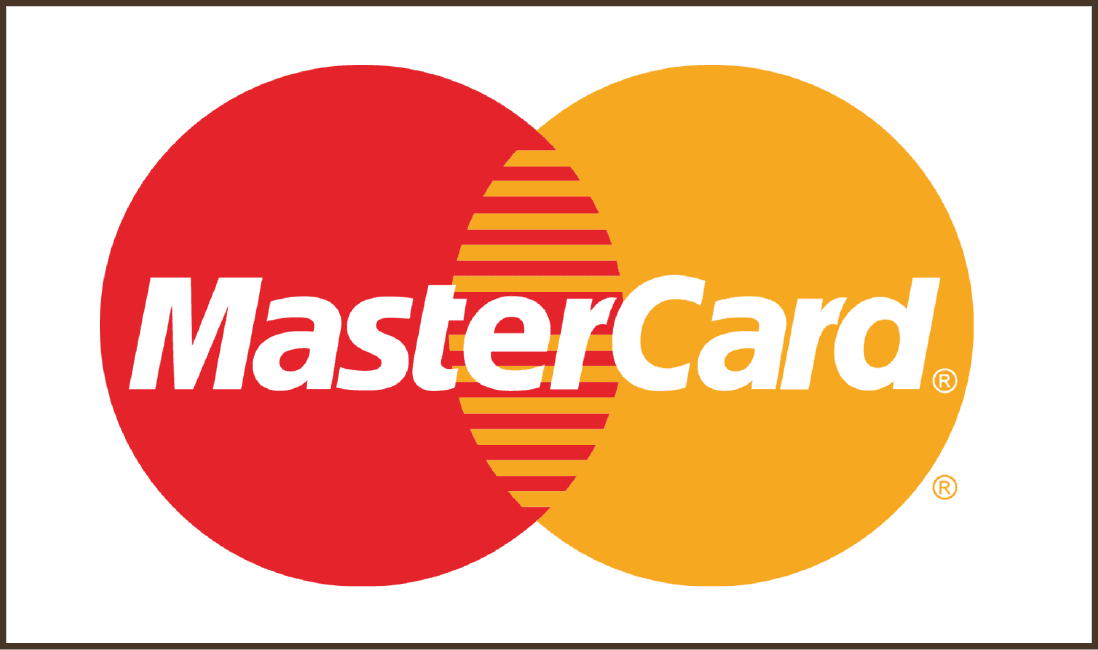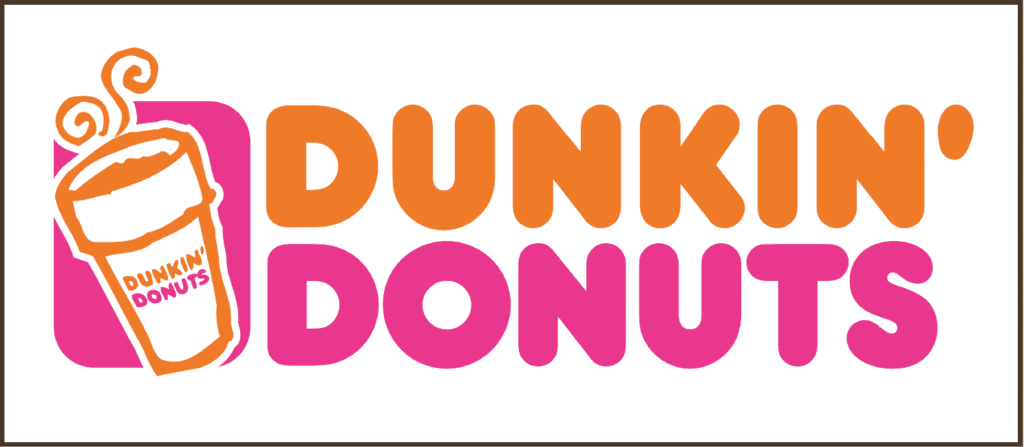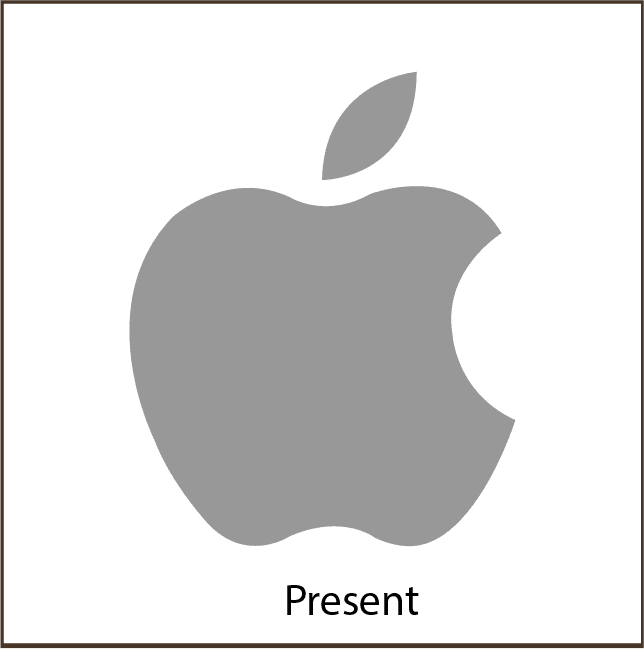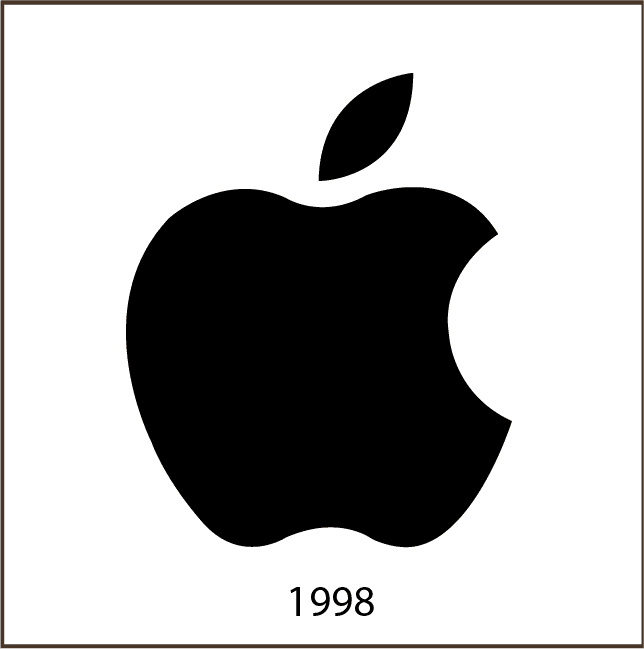5 Signs Your Brand Needs A Revamp
Even with a well known name, developed brands could easily fall in a fast-moving market environment. Trends, consumer expectations, and technology tend to change and that’s why brands refresh at times is necessary in order to keep up. Here are five signs that may be the call for brand revamp.
1. Outdated Visuals and Messaging
The most observable sign that a brand needs to refresh is when its visual identity and messaging begin to look retro. Brand’s logo, colour palette, as well as brand voice, should resonate with what’s currently in trend as well as your target audience’s preference. If branding continues to wear the looks of the last decade, this sign may give a message to the consumer that the brand’s products or services are also the
Example: Master Card


Mastercard simplified its much-maligned brand logo at the end of 2016 by eliminating the brand name from the centre of its intersecting red and yellow circles. The new design is sleek, modern, and perfectly suited to a digital age in which brands demand flexibility, mobility, and even fitting into tiny spaces just like the icons found on mobile apps. This rebranding helped Mastercard say that it remains as relevant today as ever in the fast evolving and power driven digital payment space.
2. Change in Company Values or Mission
As the company matures, their goals, values, or even the product they sell may change. If the brand message is no longer aligned with the company’s mission, then it may confuse customers or dilute the brand message. This is often the case when companies branch out into new product lines or geographies.
Example: Airbnb


Originally a budget friendly platform for booking accommodations, as the brand started to realise it had to convey a sense of community and belongingness, the brand identity of Airbnb changed when it launched the “Bélo” symbol in 2014 to represent “belonging.” This change allows Airbnb to better position its brand to go about its new mission to connect global citizens with an emphasis on everyone being able to feel at home anywhere.
3. Declining Sales or Engagement
Declining sales, website visitors, or any form of participation in social media might be the indication that your brand is no longer interesting to your audience. It may be caused by saturation of the market and maybe a shift in preferences of your customers, or just by losing the newness factor. Branding helps renew such interest, regain trust, and boost customer loyalty.
Example: Old Spice

Old Spice was once a very “old man’s” brand, but very much out of sync with a general youth market. In 2010 the brand transformed its image through hilarious, memeworthy adverts and very robust social networking activities. It thus helped Old Spice connect with a new wave of fans, ranking it as one of the leading men’s grooming brands.
4. Entering New Markets or Audiences
If brands are expanding into a new market, either geographically or demographically. This would perhaps mean to appeal to a much larger audience than the brand originally set out to. A brand that has been working well in one region or demographic may need to change its identity or messaging in order to be relevant in another.
Example: Dunkin


In 2018, Dunkin’ Donuts finally shed the “Donuts” name altogether, formally renaming it to become Dunkin’! It marked one of the branding’s moves to focus more on coffee and other beverages, thereby opening Dunkin’ to not just be about donuts. The new name reflected a fast, contemporary, and agile brand identity, allowing Dunkin’ to spearhead its expansion into an increasingly aggressive coffee
5. The New Competition in the Market
When competition gets tough with the entry of so many businesses, even an excellent brand may seem ineffective or obsolete in a couple of years. Brand would have to shift the brand’s position and identity of competition with newer, more creative branding that is stealing away your market share.
Example: Apple



Apple is known for consistency and minimalism, yet the brand is never static. Through the years, Apple has constantly updated its brand image to stay ahead in the curve of technology and innovation, especially when competitors such as Samsung started to come out. The change that Apple made in the early 2000s to its more sleek, flat logo helped the company to appear more modern and forward-thinking.
Conclusion
Rebranding is not only getting a new logo and colour schemes, it’s getting in touch with oneself again and being re-defined to focus on the mission of the company and lead the competition. Whether it would work for giants like Apple or brands like Old Spice; there is always an important role of rebranding in the journey of a business towards remaining relevant, successful, and memorable.

